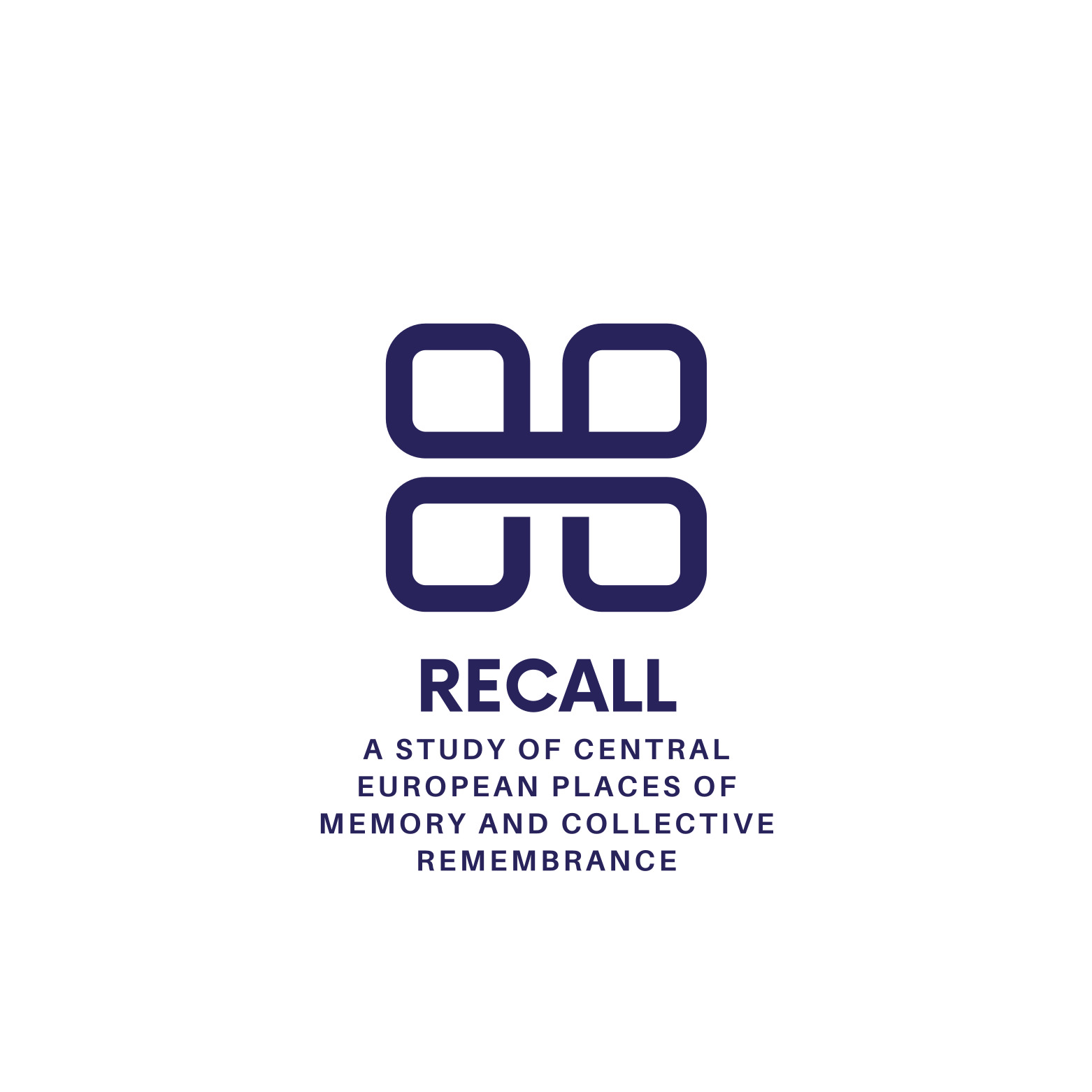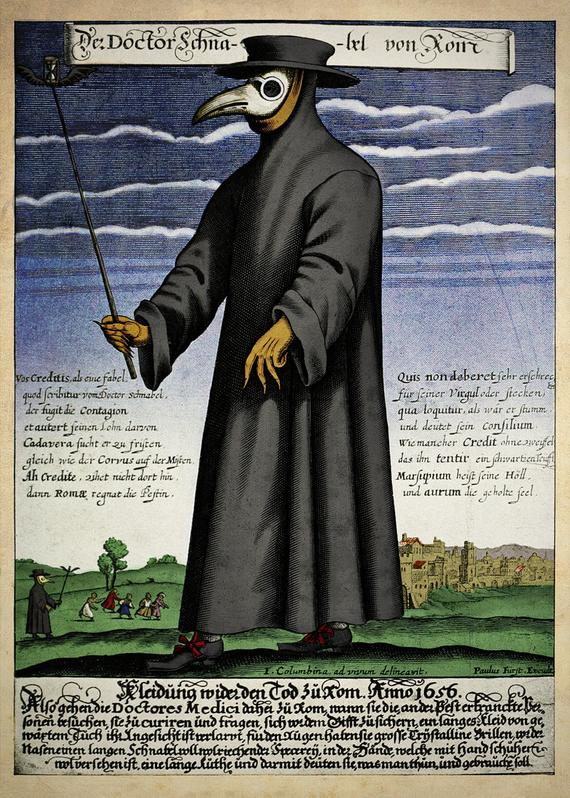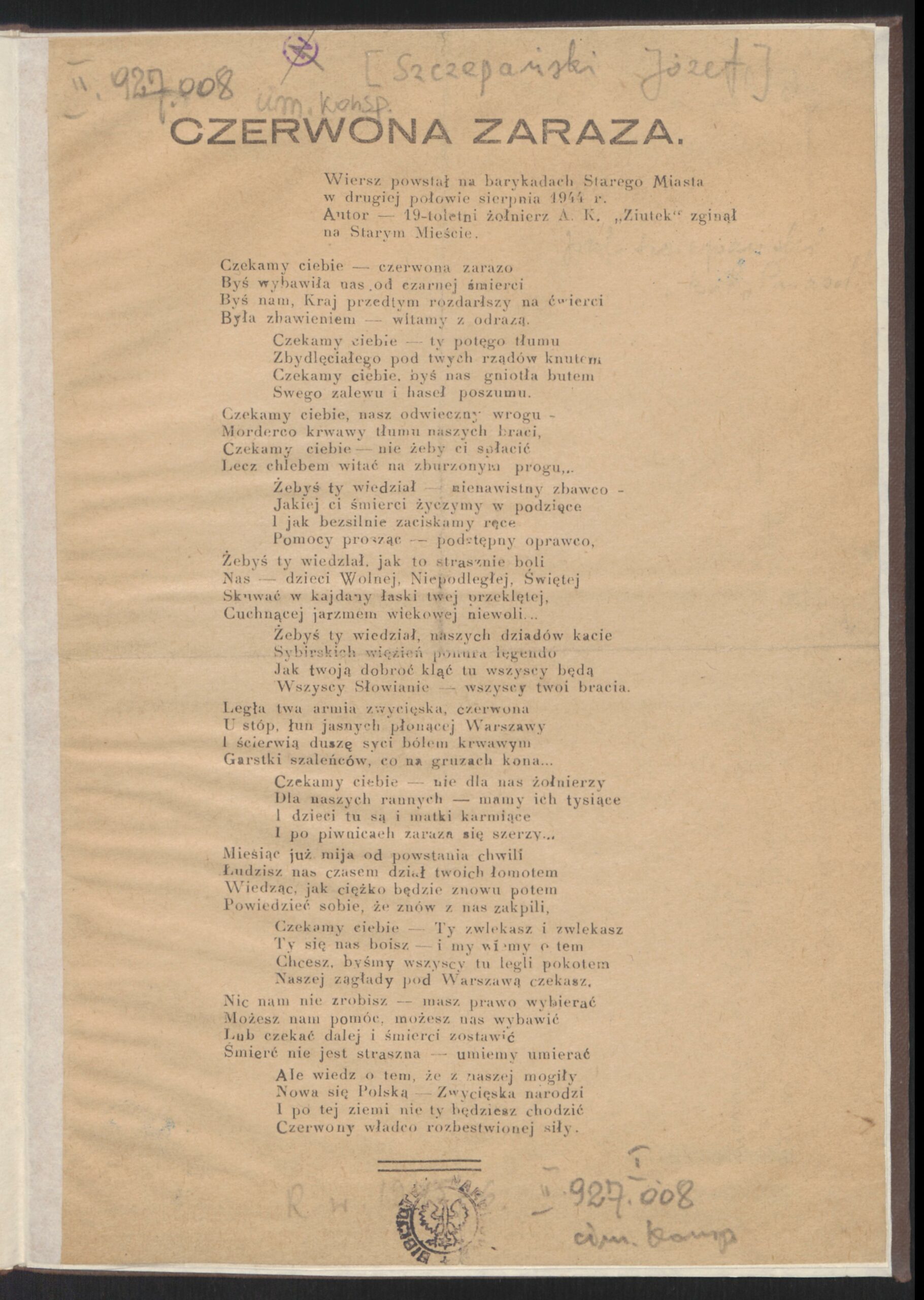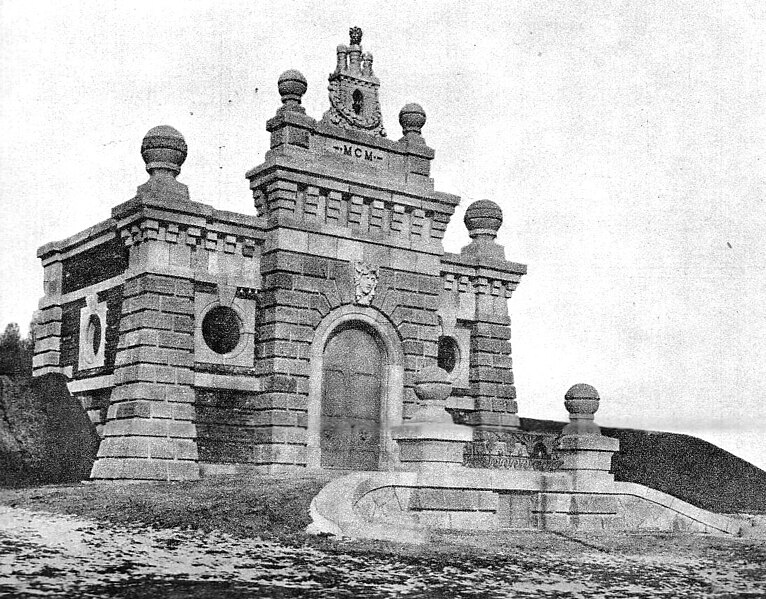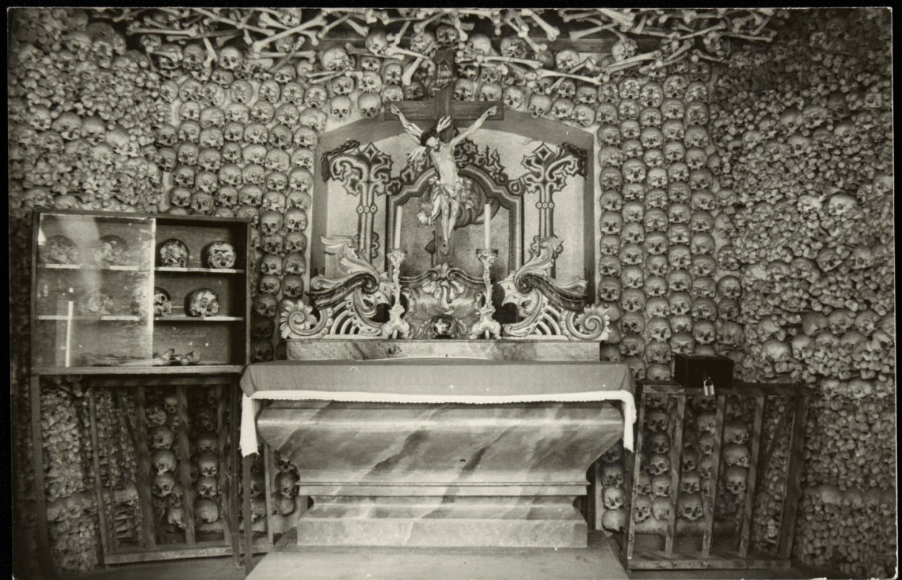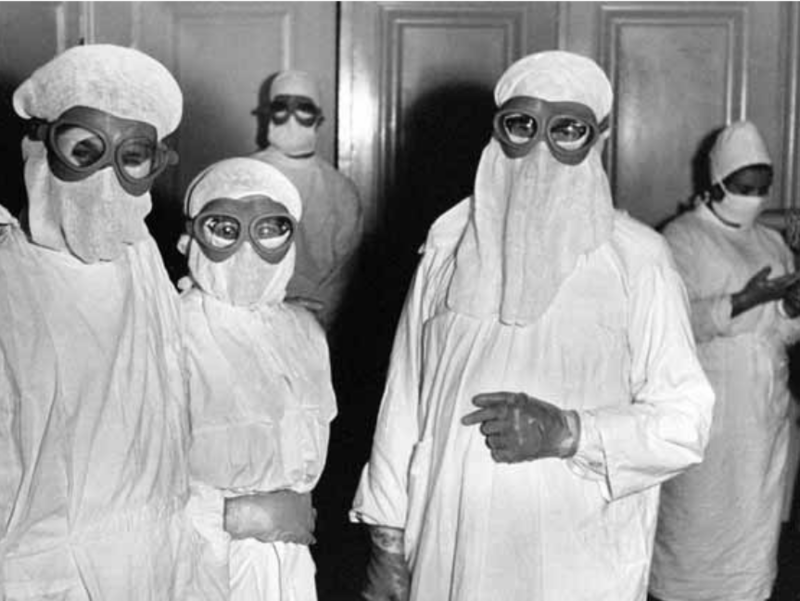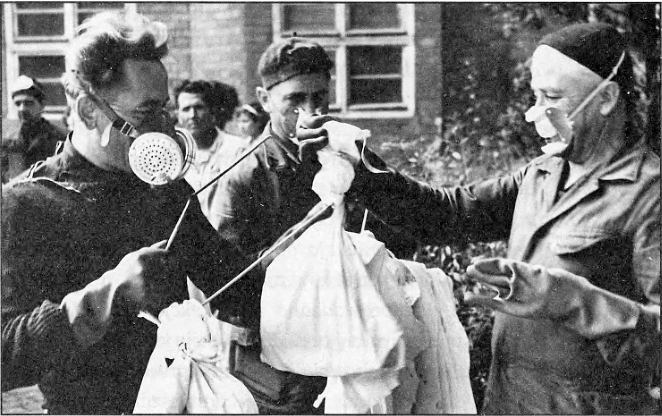
Plague image in Culture – Wrocław
Polish figure of the „Pandemics” topic
Throughout the centuries, epidemics have had a huge impact on societies and culture they’ve been creating, inspiring a wide range of literary and artistic works, urging people to face the possibility of suffering and inevitability of death. The theme of plague comes back again and again, just as the plague itself, lately in the form of COVID-19 pandemic. Polish lands – although mostly spared during the Black Death outbreak in the 14th century – amongst many others experienced the destructive power of cholera and smallpox. Their traces can be found in testimonies and photographs, but also in the landscape, language and in the way of thinking.
Successive waves of deadly diseases that swept through Poland were inextricably linked to its turbulent and multi-threaded history. The raging wars and invading armies made it easier to spread and more difficult to finance the preventive measures, to the point where the name of the plague become a substitute word for the enemy forces in Polish. It became an insult, a curse, was even seen as a way to induce the illness – therefore turning into one of many superstitions and myths which surrounded that terrifying, still not entirely understood phenomenon. People tried to explain its origin with unfounded theories, sought protection from it through rituals and treated each other with suspicion even though it spared no one. At the same time, plague inspired some to look for answers in science and innovation. As a result, new forms of architecture were created – not to commemorate the victims and remind about the fragility of life, but to save thousands of Polish inhabitants. Since then, burial places often become tourist attractions, just as the costume of Doctor Plague, with its beaked mask, has turned into universal and widely commercialized symbol of plague in pop culture. Yet, as shown by the relatively recent outbreak of smallpox in Wrocław in the 1960s – or COVID-19, over fifty years later – when it returns, plague still arouses the same visceral fear and lack of trust, becoming a fertile ground for speculations.
Further reading:
Urych I., Zapisek M., The perception of the COVID-19 pandemic threat in Poland. A health security study, ,,Polish Journal of Political Science” (2022), V. 8 No 1, p. 4-19.
Eckert E. A., The Structure of Plagues and Pestilences in Early Modern Europe. Central Europe: 1560-1640 (1996), Basel.
Facts
